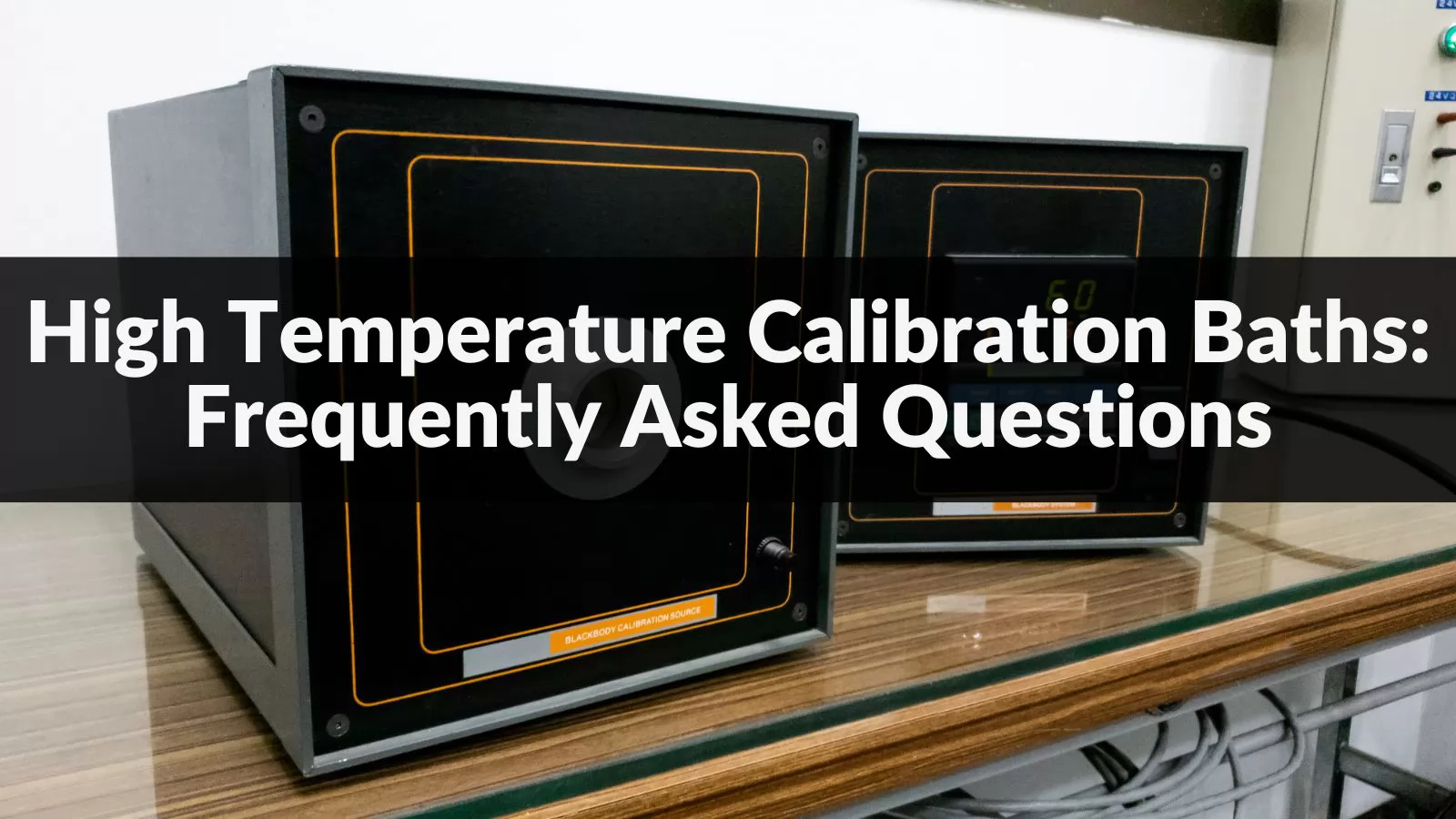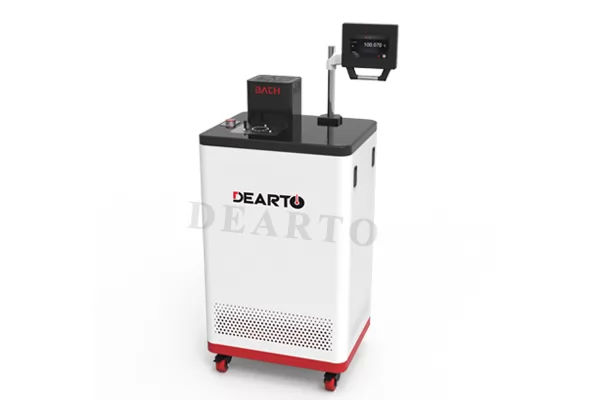
High-temperature calibration baths play a crucial role in various industries where precise temperature control is paramount. From laboratories to manufacturing facilities, these baths ensure accuracy in temperature measurement instruments, thus influencing the quality of products and research outcomes. However, understanding the intricacies of these instruments can sometimes be challenging.
In this article, we will provide a clear understanding and insights into its functions and applications so that readers can have a better understanding of it.
1.What is a high-temperature calibration bath?

A high-temperature calibration bath is a specialized equipment designed to provide precise and uniform temperature environments at elevated temperatures, typically ranging from 50°C to 700°C or even higher. These baths are commonly used for calibrating temperature sensors, thermocouples, thermometers, and other temperature-sensitive instruments.
2.How do high-temperature calibration baths work?
High-temperature calibration baths operate on the principle of thermal conduction, where heat is transferred from a heating source to a heat transfer fluid, such as oil or molten salt, circulating within the bath chamber. The temperature of the fluid is accurately controlled using a sophisticated heating system and temperature feedback mechanisms, ensuring stability and uniformity throughout the bath.
3.How to maintain and clean a high-temperature calibration bath?
To maintain the performance and longevity of a high-temperature calibration bath, regular maintenance and cleaning are essential. This includes periodically checking the condition of heating elements, sensors, and control systems, and removing any dirt or deposits that may affect temperature stability. Additionally, regularly replacing or calibrating temperature probes and sensors ensures the accuracy and stability of the bath.
4.What are the common applications of high-temperature calibration baths?
High-temperature calibration baths find applications in various industries and research fields, including:
1.Calibration of temperature sensors and instruments used in aerospace, automotive, pharmaceutical, and electronics industries.
2.Thermal testing of materials, components, and devices at elevated temperatures.
3.Quality control and validation of manufacturing processes that require precise temperature control.
4.Research and development of new materials, processes, and technologies that involve high-temperature environments.
5.How can I ensure the accuracy and reliability of calibration results?
To ensure accurate and reliable calibration results, follow these best practices:
Regular maintenance and calibration of the calibration bath according to manufacturer guidelines.
Use traceable reference standards and calibration procedures recommended by accredited calibration laboratories.
Implement proper handling and storage procedures for temperature-sensitive instruments to prevent damage and drift.
Monitor and record environmental conditions such as ambient temperature and humidity during calibration procedures.
Verify calibration results through interlaboratory comparisons and proficiency testing programs to confirm traceability and measurement uncertainty.
6.What are the key features to consider when selecting a high-temperature calibration bath?
When choosing a high-temperature calibration bath, several factors should be taken into account:
| Select key features | |
|---|---|
| 1. | Temperature range: Ensure that the bath can reach the required temperature range for your calibration needs. |
| 2. | Stability and uniformity: Look for baths with excellent temperature stability and uniformity to ensure accurate calibration results. |
| 3. | Calibration accuracy: Consider the accuracy and resolution of temperature control and measurement capabilities. |
| 4. | Safety features: Check for safety features such as overtemperature protection, leak detection, and insulation to prevent accidents and ensure operator safety. |
| 5. | Ease of operation: Opt for baths with intuitive controls, user-friendly interfaces, and convenient maintenance features for hassle-free operation. |
| 6. | Size and capacity: Also consider the bath's size and capacity to ensure it fits your workspace and meets the quantity and size requirements of calibration samples. |
7.What is the energy consumption of a high-temperature calibration bath?
The energy consumption of a high-temperature calibration bath depends on factors such as its temperature range, the efficiency of the heating system, and usage frequency and duration. To minimize energy consumption, several measures can be taken, including using energy-efficient heating elements, optimizing control algorithms for the heating system, limiting unnecessary preheating time, and setting the bath to a low-power standby mode when not in use. Additionally, regularly inspecting and maintaining the heating system to ensure its maximum operational efficiency is also a key step in reducing energy consumption.
8.Conclusion
High-temperature calibration baths are indispensable tools for maintaining the accuracy and reliability of temperature measurement instruments in various industries and research applications. By understanding their working principles, key features, and best practices, users can optimize their calibration processes and ensure consistent and precise results. Whether calibrating thermocouples for industrial processes or conducting thermal testing in research laboratories, high-temperature calibration baths play a vital role in achieving quality and compliance standards.
If you have other questions, please contact us!



